On the 10th day of Tet, in the fields of Khanh Nhac commune, the sound of rice transplanting machines, the laughter of women planting rice, bustling and bustling like a festival. This winter-spring crop, 100% of the rice area in the commune is planted by machine and hand in an organic way, the crop with the highest planting area in recent years, of which 20% of the area is signed with a contract for sowing and planting by machine. After 2 crops, applying this new model has reduced costs and labor.
Standing on the bank watching the rice transplanter for her family's field, Ms. Dao Thi Lan, hamlet 1A, Khanh Nhac commune said: After only one hour, more than 5 sao of her family's field was transplanted. This is the second crop that my family has signed a contract for a full-package transplanting service, from selecting seeds, sowing seedlings on trays, transplanting by machine combined with technical advice on care, which has limited the situation of dead seedlings, and significantly reduced costs compared to hiring workers to transplant. Previously, before the land consolidation and plot exchange, the family had 2 plots of land, now the consolidation into one plot is very convenient for mechanization in production. After transplanting, the family will shift their focus to care, fertilize and supplement NPK fertilizer according to the ratio so that the rice plants can quickly recover and take root, while monitoring the situation of pests and diseases arising in the field to spray them promptly. With many years of experience, every crop of the family's rice grows well, with high yields.
This winter-spring crop, Khanh Nhac commune planted 600 hectares of organic rice, mainly ST25, LT2, and Huong Com 4 varieties, of which 20% of the area used full-package planting services. Accordingly, cooperatives selected and purchased seeds and then delivered them to tray-planting and machine-planting units under contracts at a price of 280,000 VND/sao, a reduction of 80,000 - 100,000 VND/sao compared to manual planting. During the seed soaking and incubation process, the cooperative regularly checked the quality of the tray-planting substrate and the sprinkler irrigation system to ensure healthy seedlings and rapid growth and development.
Because rice is transplanted by machine with uniform density, it promotes the border effect, the fields are airy, there are few pests and diseases, contributing to environmental protection, and productivity increases by 10-15% compared to manual transplanting. In addition, using a transplanting machine also helps localities plan concentrated production areas of the same type of rice, which is convenient for care and harvesting, contributing to changing the production mindset of the people.
Mr. Pham Van Binh, Vice Chairman of Khanh Nhac Commune People's Committee, said: The new feature this year is that farmers have stopped sowing and started sowing rice in trays with machines and by hand, which is convenient for monitoring and mechanization in production. At the same time, they are encouraged to use organic fertilizers to increase the value of crops as well as build a brand of delicious and clean rice for the locality. By February 23, the commune had completed the spring rice planting and directed farmers to shift their focus to taking care of the rice after planting.
In Khanh Thuy commune, the atmosphere of early spring production is equally bustling. This winter-spring crop, Khanh Thuy commune plans to plant more than 400 hectares. For the areas after sowing, people are currently monitoring the second watering of the fields according to the height of the rice buds, stopping when the water level rises to about 3-5 cm. When the rice plants have about 3 leaves, keep the water level in the field at about the foot level for the rice plants to grow.
Mr. Le Van Nam, Deputy Director of Khanh Thuy Agricultural Cooperative, said: As a locality with a large area of sown rice, to help people grasp the techniques as well as the care process, the Cooperative has assigned staff to regularly monitor the fields after transplanting and propagate for people to proceed with thinning the area of seedlings that are too dense, so that the rice plants can grow branches easily. Leaving the rice too dense also contributes to the development of pests and diseases. For sown rice, people should fertilize twice, using basal fertilizers and fertilizers to increase the amount of nitrogen and potassium. In addition, we also instruct people to regularly visit the fields. If the rice is hungry, you can add additional fertilizer to increase nutrients for the seeds. At this time, people should only fertilize with NPK, increase potassium or foliar fertilizer.
Up to now, in Khanh Thuy commune, there are still more than 40 hectares of Alisma orientalis being harvested. After the harvest, households will plow the land and plant spring rice, ensuring the crop is within the time frame.
For many years, the winter-spring crop has been identified as the main rice crop, providing high productivity and contributing significantly to the growth rate of the agricultural sector in Yen Khanh district. Therefore, from the beginning of the crop, the district has focused on directing and operating production, assigning staff to closely monitor each stage to achieve high efficiency. This year, Yen Khanh strives to cultivate more than 7,300 hectares of spring rice with short-term, high-quality purebred rice varieties with good consumption markets such as Huong Binh, Nep Huong, Dai Thom 8, Bac Thom No. 7, ST25.
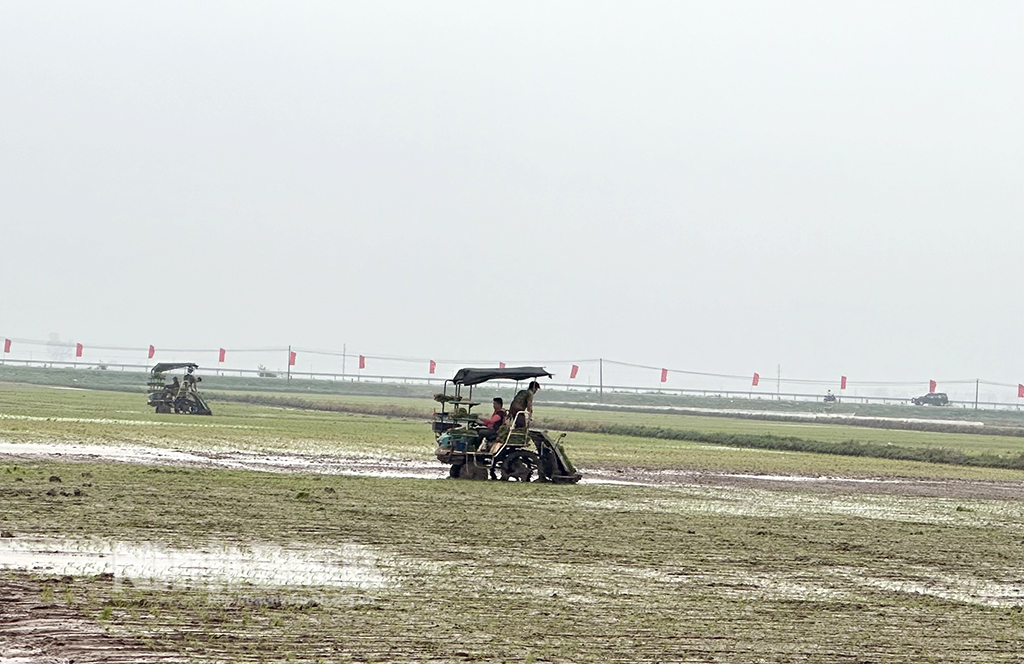
Comrade Nguyen Manh Toan, Deputy Head of the District Department of Agriculture and Rural Development, said: Before Tet, to prepare for the spring crop, the communes proactively arranged the rice planting structure, varieties, and cropping time in accordance with the local soil, weather, and water conditions, but still ensured within the cropping time frame. At the same time, they stepped up information and propaganda work to the people through the grassroots radio system about the spring rice planting plan; urged people to clean the fields, mobilize land preparation equipment, and prepare the necessary conditions for spring rice planting.
Currently, in addition to the traditional sowing and transplanting methods, many localities in the district have introduced rice transplanting machines into production such as Khanh Nhac, Khanh Hong, Khanh Trung, Khanh Thanh... Production practice shows that the advantage of the machine transplanting method using tray seedlings not only contributes to reducing labor, speeding up the sowing progress within the time frame, the appropriate planting density in rows promotes good rice growth and development, but also limits the appearance of weedy rice (also known as ghost rice), helping to protect crops.
Thanks to good preparation, after the Tet holidays, taking advantage of the warm and sunny weather, farmers in the district have gone to the fields to concentrate on planting spring rice with the hope of a favorable season and a good harvest. The whole district strives to finish planting spring rice before February 25.
Immediately after the end of sowing, communes and towns continue to focus on propaganda and instructing farmers on techniques for fertilizing and protecting rice and crops, helping newly planted rice to quickly take root, recover, grow well and proactively prevent pests and diseases, and respond to changes in the weather. Specifically, for newly planted rice, it is necessary to maintain a surface water level of 3-5 cm to increase the rice's resistance to cold; apply the first top dressing 10 days after planting. For areas of sown rice that have developed cotyledons, carry out pruning, weeding and stirring the mud. At the same time, propagate to farmers to gradually replace inorganic fertilizers with organic fertilizers, organic microbial fertilizers associated with building an integrated pest management model, an organic agricultural production model, and chain production.
Article and photos: Tien Dat
Source


![[Photo] Looking back at the impressive moments of the Vietnamese rescue team in Myanmar](https://vstatic.vietnam.vn/vietnam/resource/IMAGE/2025/4/11/5623ca902a934e19b604c718265249d0)




![[Photo] "Beauties" participate in the parade rehearsal at Bien Hoa airport](https://vstatic.vietnam.vn/vietnam/resource/IMAGE/2025/4/11/155502af3384431e918de0e2e585d13a)
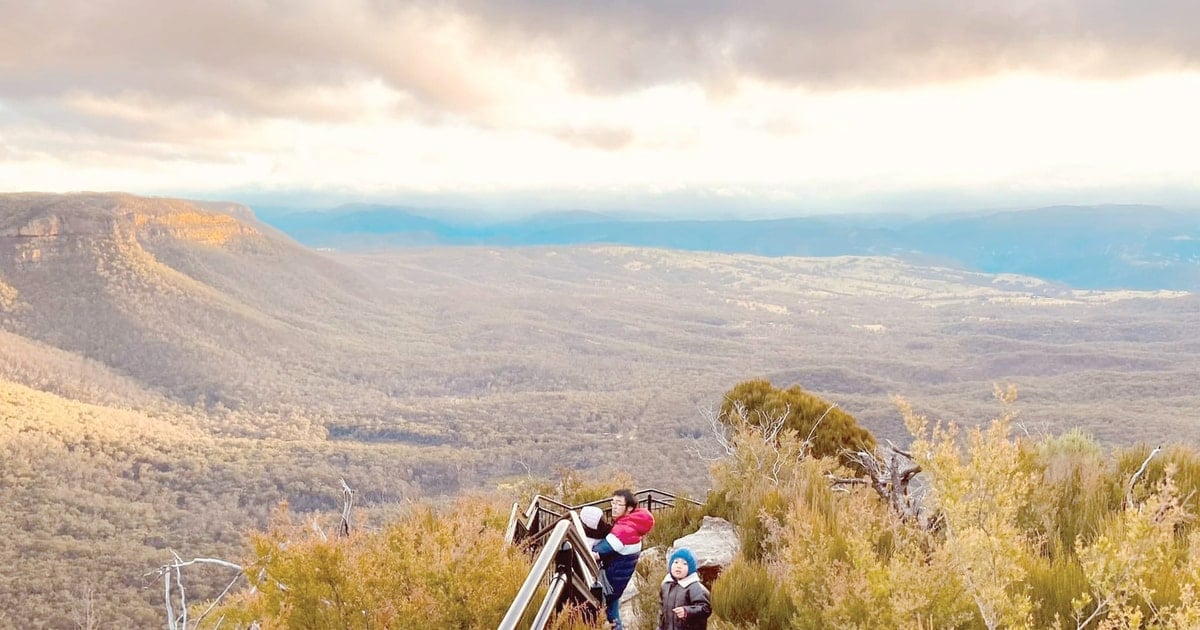
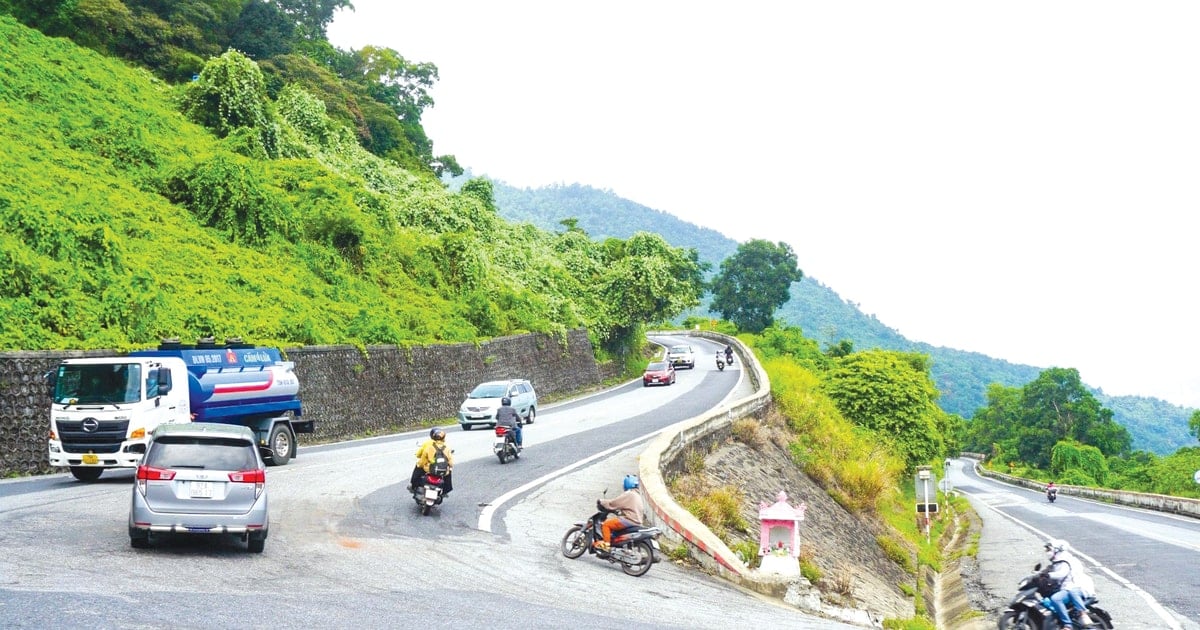
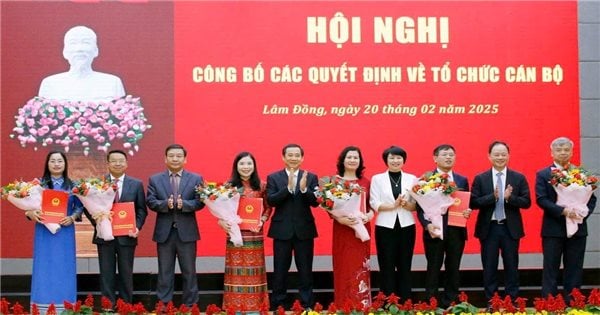

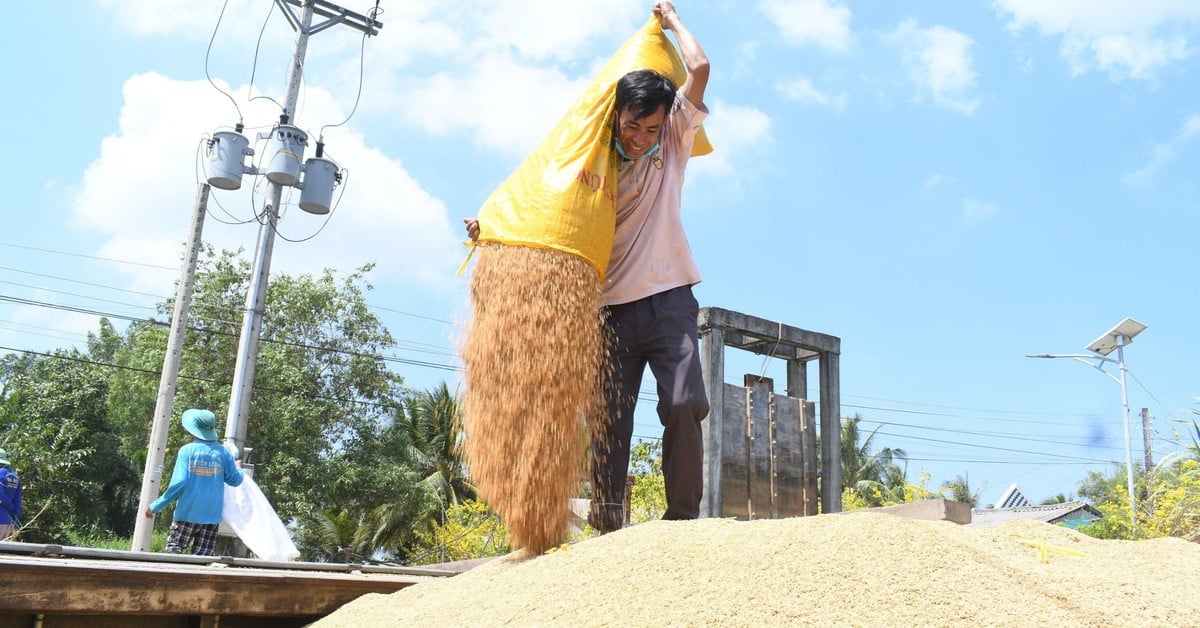

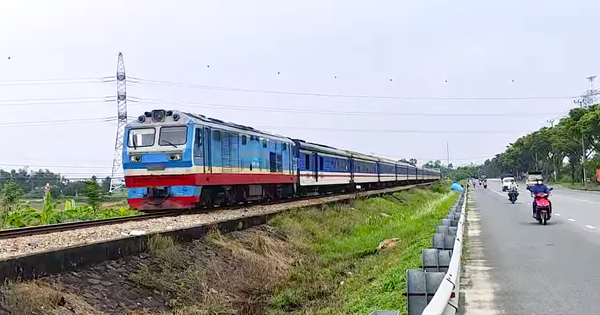

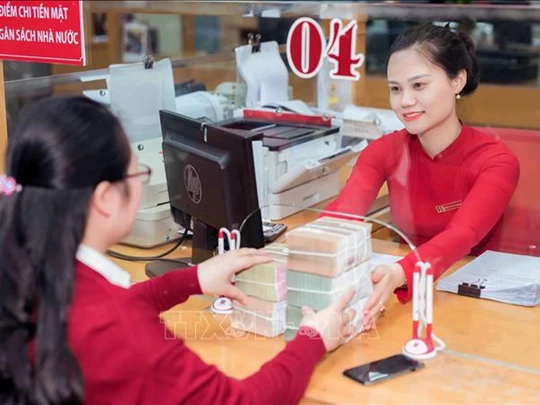




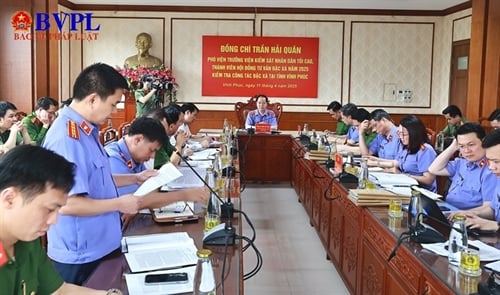

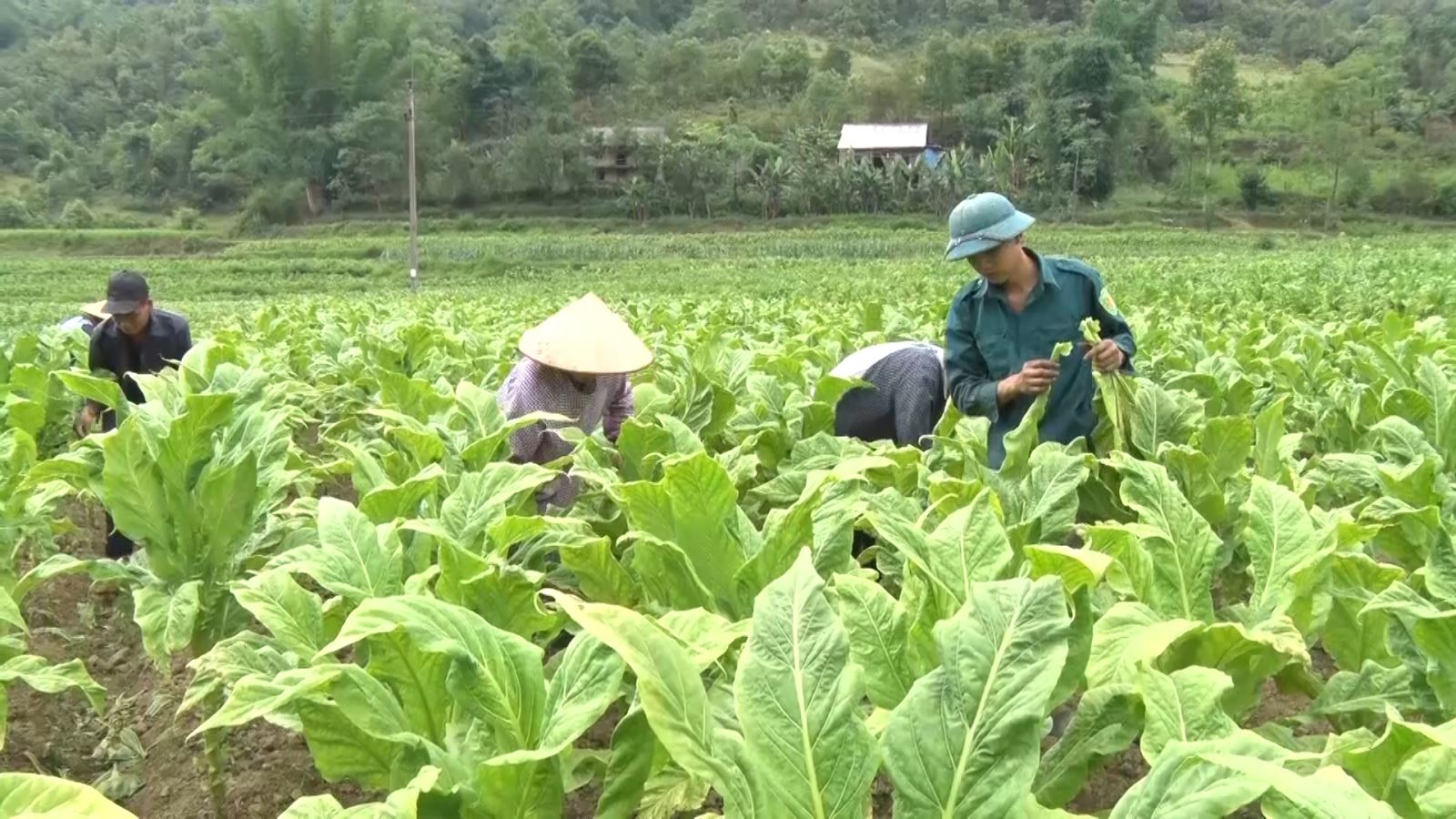


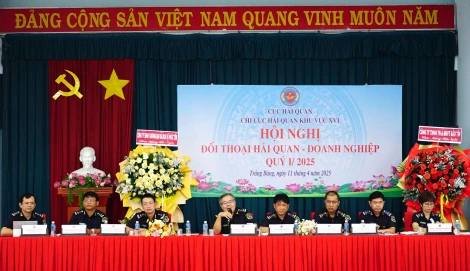
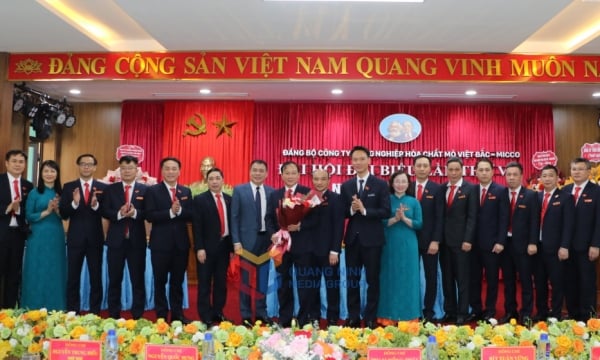
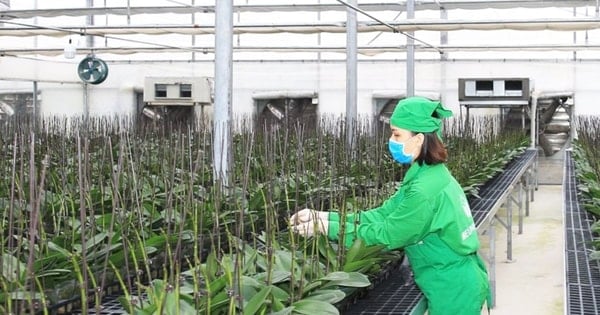
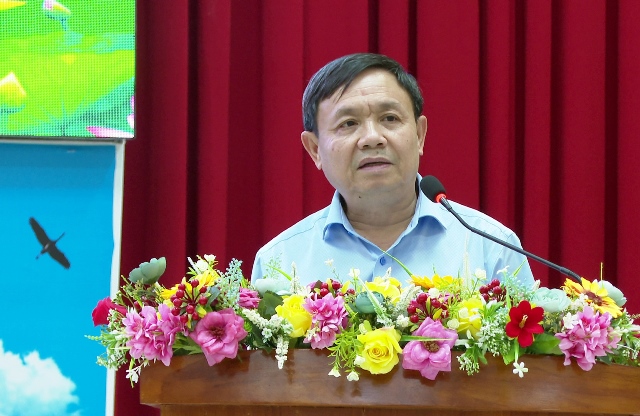

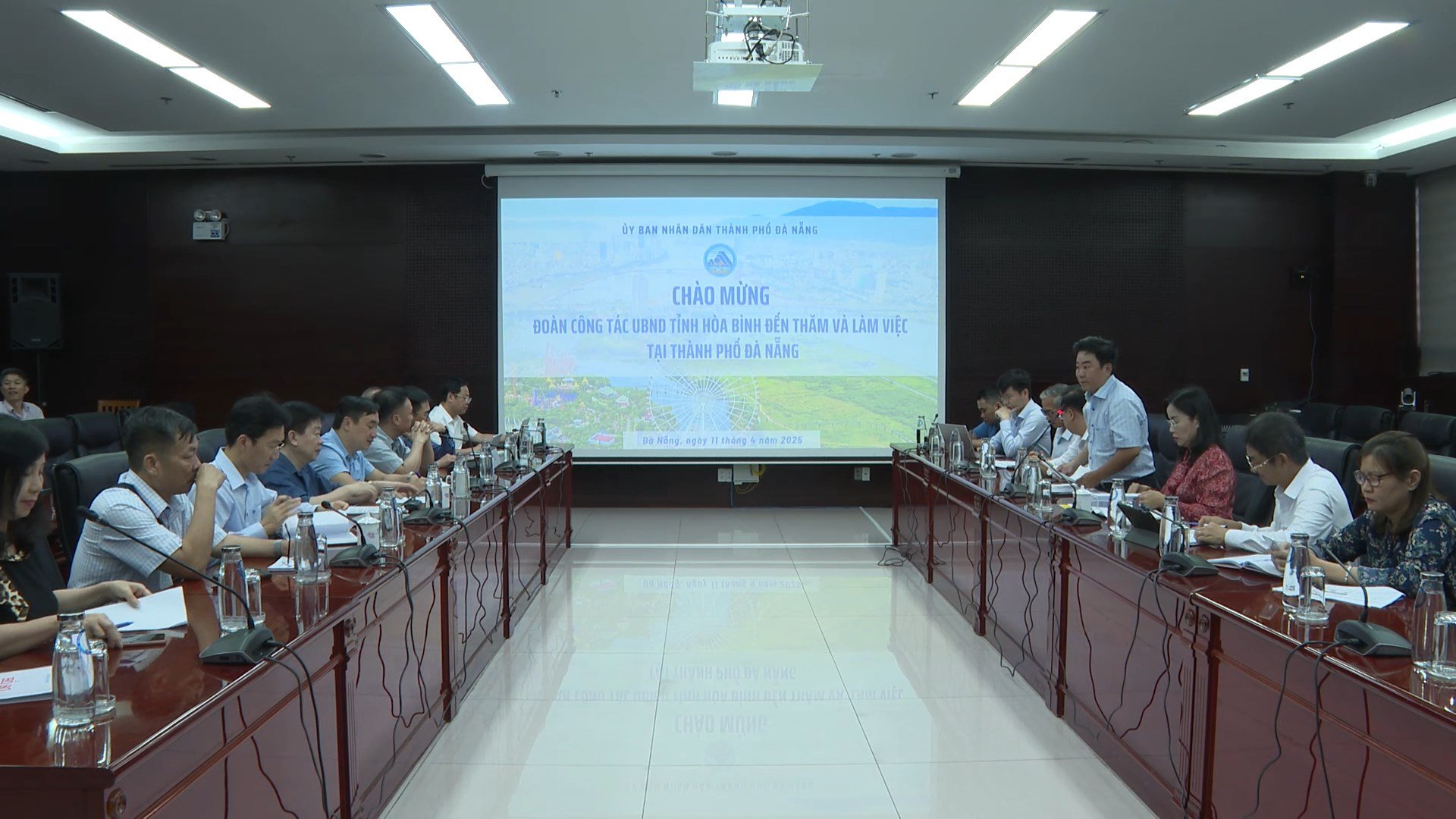

![[Photo] Summary of parade practice in preparation for the April 30th celebration](https://vstatic.vietnam.vn/vietnam/resource/IMAGE/2025/4/11/78cfee0f2cc045b387ff1a4362b5950f)































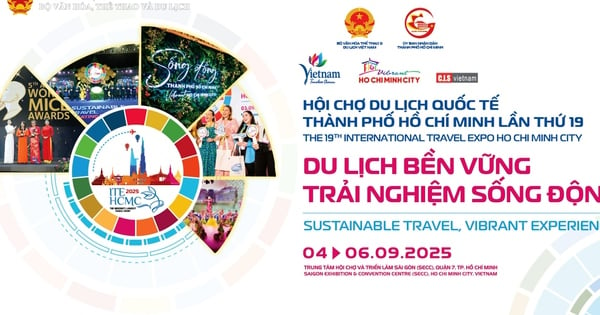






















Comment (0)